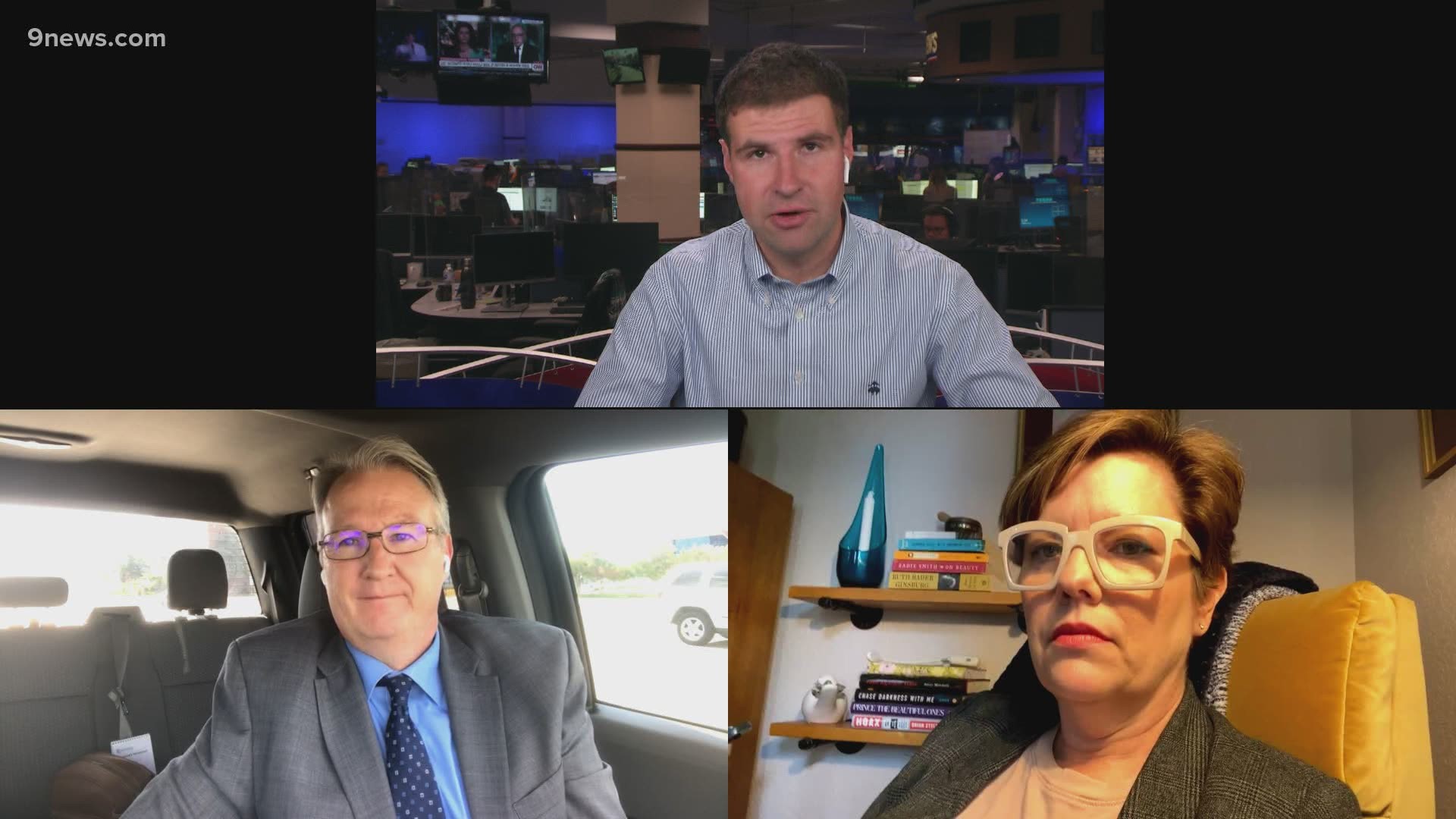CENTENNIAL, Colo. — Connie Bennett waited more than 37 years to see a suspect go on trial in the brutal murders of her son, daughter-in-law and granddaughter – and Tuesday, in a hushed courtroom, she relived the crime for the jury.
Now 87, she was the first witness called by prosecutors as they began to lay out the case against Alex Christopher Ewing, who was identified as a suspect in the Bennett murders after a 2018 DNA hit.
On that Monday morning, she was at work, Connie Bennett told the jurors, when she got a call from a secretary at the furniture business operated by her brother. Bruce and Debra Bennett both worked there, and they hadn’t shown up that morning.
Connie Bennett told the jury she tried calling the couple’s home, grew concerned after she couldn’t reach anyone, and then drove there to check on them. She arrived at the home in the 16300 block of East Center Drive to find the overhead garage door open and Debra’s purse in the snow next to the driveway, its contents scattered.


“I became very alarmed when I saw that,” she said. “I went in through the garage and entered into the house … The first thing I saw to the right of the entrance was my son, lying on the floor.”
District Attorney John Kellner asked her to describe what she remembered.
“He was lying on his back and he just had his briefs on,” she testified. “And he was stretched out at the bottom of the stairs. And I approached him …”
At that point, she fought tears, pausing for a moment.
“Sorry,” she whispered quietly.
Then she gathered herself and continued.
“I felt him, and … and I asked him, 'Bruce what happened?' And he couldn’t respond.”
At that point, Kellner asked her what else she observed.
“I mostly just looked at his face and his head – I didn’t look around much or anything. I could see his forehead just crushed in. I could see he was gone. There was a lot of blood, but I didn’t really look around much. I just was concentrating on him. I guess I kept saying, 'What happened? What happened?'”
She spent about 50 minutes on the stand, setting the scene for the jury of nine women and seven men, which includes four as-yet unnamed alternates. That included listening to her 911 call – distraught, she could not remember the address of her son’s home and had to run outside and get the numbers off the front of the house.


She described the bewildering time she spent in the back of a police car, and hearing a firefighter or a paramedic say, “one of them’s still alive.”
That was her granddaughter, Vanessa, who was severely beaten but survived.
Finally, after she described Vanessa’s many injuries, Kellner asked Connie Bennett to look at Ewing, sitting at the defense table in a light shirt and blue tie.
Asked if she’d ever seen him before, she answered, “Not at all. I’ve only seen him in this courtroom.”

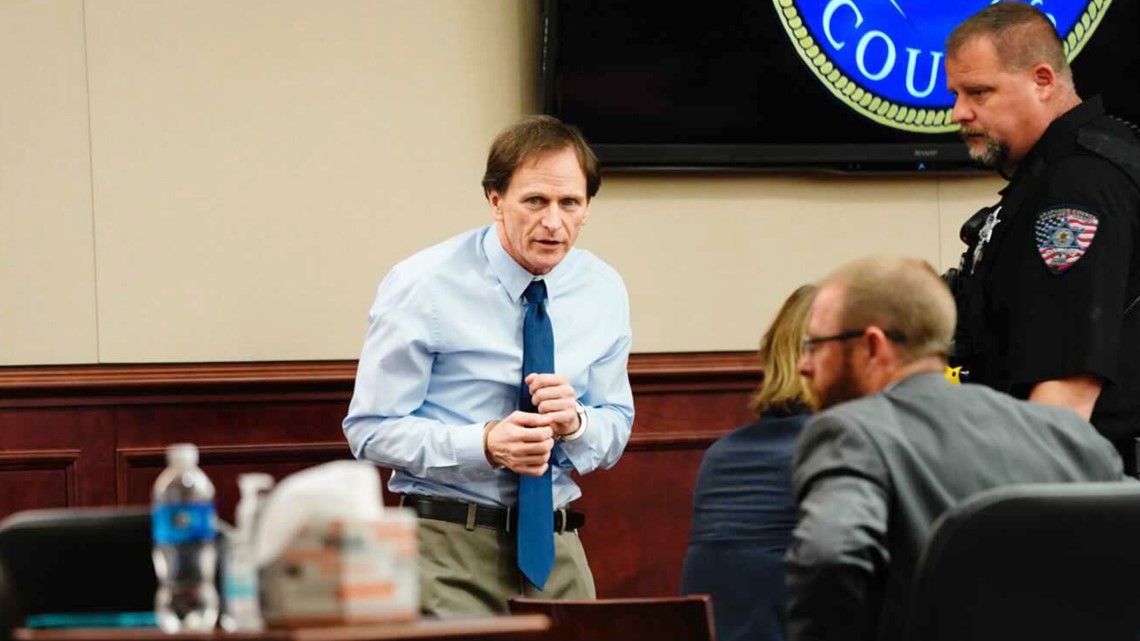
After Connie Bennett testified, prosecutors called a number of firefighters to the stand to testify about responding to the Bennett home.
And then Kellner called Vanessa Bennett, now 41. She traveled to Colorado from Arizona for the trial.
“As you sit here today, do you have any memory of being attacked that night?” Kellner asked.
“No,” Vanessa answered.
“Do you have any memory of seeing someone?”
“No.”
“What’s the last thing you remember?”
“Christmas. I just remember the staircase. One leading upstairs, one leading downstairs. And then the rooms upstairs … ours on the right, and my parents on the left.”
She also described her injuries, which included head wounds, and the scars she still carries today.
Defense attorneys did not ask her any questions.

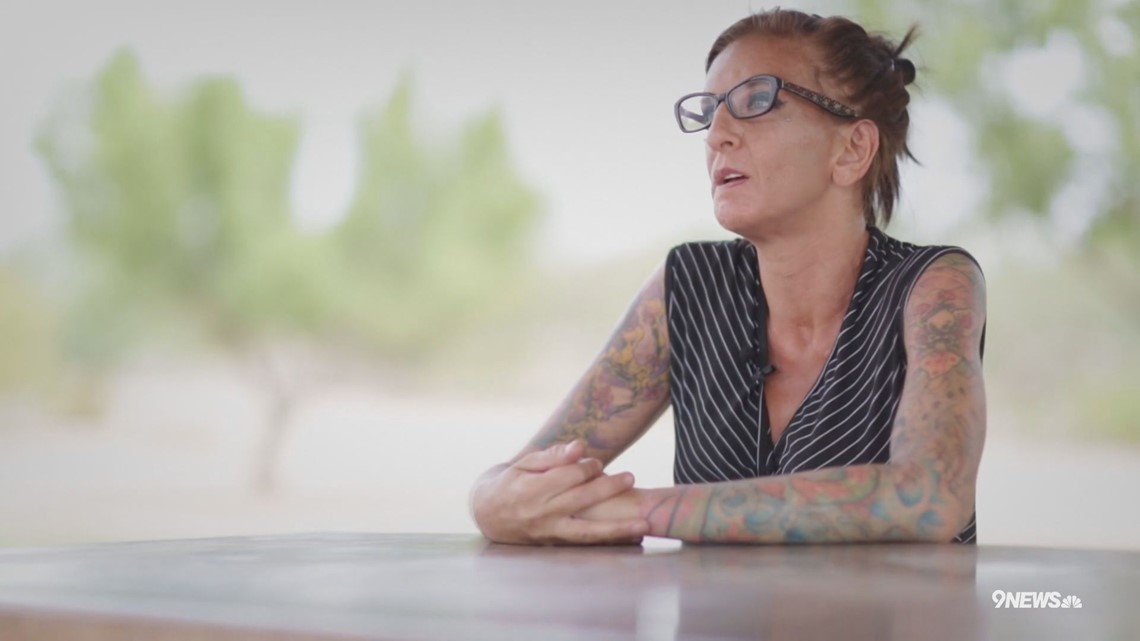
Earlier, jurors heard two vastly different versions of what the evidence will show as a prosecutor and a defense attorney previewed their cases during opening statements
Kellner zeroed in on the discovery of DNA on a comforter that covered Melissa’s body and a section of carpeting beneath it. He recounted the discovery of multiple samples of DNA found on the comforter and carpeting. Each of those samples “matches this defendant,” he said – pointing in one case at Ewing seated at the defense table.
Kellner also told the jurors that Ewing came to Colorado in the early 1980s but was not in the state from Jan. 27, 1984 – 11 days after the Bennett killings – until he was extradited in February 2020.
“He didn’t work in any kind of forensic lab or have access to any place where evidence is stored,” Kellner said.
Those statements were aimed at rebutting an assertion from the defense that there was a mix-up in the evidence or some other explanation for how Ewing’s DNA got onto those items.
“The evidence will show that this defendant is guilty of the murders of Bruce and Debra Bennett, and he is guilty of the violent rape and murder of 7-year-old Melissa Bennett,” Kellner said.
> Video above: Trial set to begin for man charged in 1984 killing of Bennett family.
Defense attorney Stephen McCrohan immediately took aim at Kellner’s assertions.
“Simple,” McCrohan said. “Simple is the story the government wants you to believe about what happened here. Simple is the story that the government needs you to believe. But the fact of the matter is, what happened here is not so simple. The evidence does not support the government’s theory that one person and one person alone committed this crime, and that that one person is Mr. Ewing.”
McCrohan pointed to a report showing that the original examination of the comforter did not show the presence of semen, that fingerprints found in the Bennett home didn't match Ewing's, and that there was no follow-up testing on some pieces of evidence.
Other pieces of evidence, including swabs from Melissa Bennett’s autopsy and a pubic hair found at the scene, were destroyed, he said.

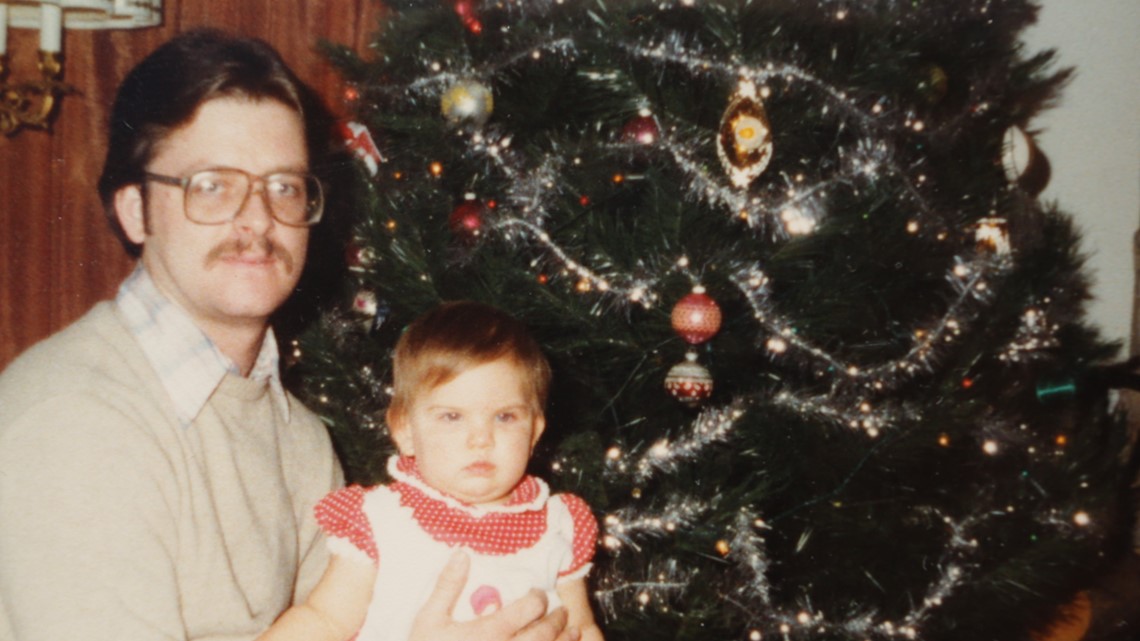
He suggested that more than one person was involved in the killings. To make the point, he noted that Bruce Bennett’s murder involved a drawn-out struggle but that the phone in the couple’s bedroom, where Debra Bennett was found, was not used to call for help.
McCrohan made it clear that the defense will attack how evidence was collected, handled, stored and tested, beginning with the comforter and a blanket.
“We’re going to ask that you pay attention to the road that those pieces of evidence walked, when the evidence appears on those items,” he said.
“When you ask those questions the prosecution has failed to ask, has chosen not to ask, you will find Mr. Ewing not guilty,” he said.
Ewing was serving a prison sentence in Nevada for a late-night ax-handle attack on a couple in Henderson when a DNA hit identified him as a possible suspect in the Bennett murders, which had long been cold.
After a 20-month extradition fight, he was returned to Colorado in February 2020 to face charges in this case and the killing of Patricia Louise Smith in Lakewood a week earlier.

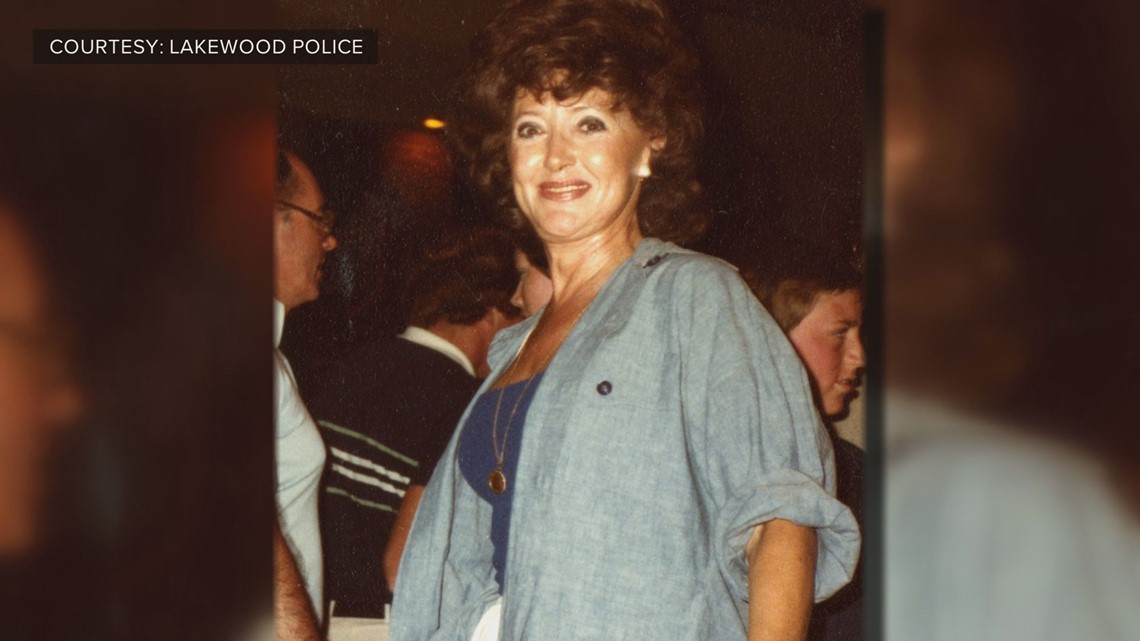
Ewing faces multiple counts of first-degree murder in the killing of the 50-year-old interior decorator who was raped and beaten to death in the townhouse she shared with her daughter and grandchildren. That killing, which occurred six days before the Bennett murders, was carried out with an auto-body hammer.
Ewing is scheduled to go on trial in that case in October.
Contact 9NEWS reporter Kevin Vaughan with tips about this or any story: kevin.vaughan@9news.com or 303-871-1862.
SUGGESTED VIDEOS: Bennett family murders

